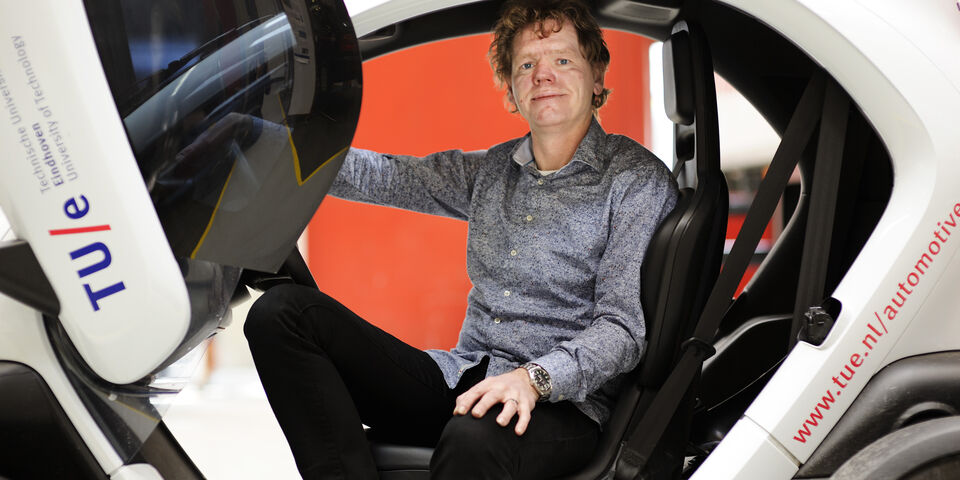Can we reduce traffic jams without extra asphalt?
Every day, Dutch freeways are subject to approximately two hundred kilometers of traffic jams. Despite extra lanes, congestion does not show a significant decline. But according to three doctoral candidates at TU Delft, there are other options that don’t involve extra asphalt, the Volkskrant reported last Monday. The candidates will receive their doctorates for their traffic model Fastlane, which should be able to reduce traffic jams by predicting them. What’s new about this model, will it work, and are there other options to reduce congestion without constructing extra lanes?
“Reducing congestion without adding extra lanes is definitely possible,” says Jeroen Ploeg, doctoral candidate in the Dynamics and Control group at the Department of Mechanical Engineering, and senior research scientist at TNO Automotive Helmond. “But I’m not sure whether or not the method presented here is very effective. Going from a mere model to actually increasing road capacity is quite a big step. I also have my doubts when it comes to this way of traffic congestion prediction. If it’s effective the prediction is incorrect, and if the prediction is correct there’s no effect. In other words, if route A is empty, route B is congested. That could make for an instable system.”
“One of the major problems in simulating traffic is the fact you have to make a great number of assumptions. How people change lanes, for example, is something that greatly influences the flow of traffic. It’s quite challenging to model that properly. The added value of the Fastlane model is that it takes into account different vehicles, such as trucks and passenger cars. In current traffic models there’s only a limited distinction between vehicle types. It came as a surprise to me they want to have separate lanes for trucks and passenger cars, because they assume trucks tend to cause traffic jams. I beg to differ. In fact, trucks stabilize traffic; they drive more steadily and try not to brake too much, since that costs fuel. It’s obvious on freeways as well: the right lane is merrily moving along, while the left lane is jerking along. What I do think will be effective is a dynamic maximum speed. That will harmonize traffic.”
“Going for extra asphalt is easy. It works, but it’s neither cheap nor environmentally-friendly. Smart technology can go a long way as well. Road capacity can be increased quite a bit still. We’re currently working on the dynamic maximum speed as well – not on a traffic-management level, but based on individual vehicles. People overreact, accelerate too briskly or slam the brakes on, creating ‘phantom jams’. By synchronizing speeds and then having vehicles drive closer together, traffic remains safe and the flow improves. However, in order to realize this, communicating vehicles are needed and we’re not there yet. The process could go faster for trucks, since they already communicate a lot and are used to drive close together. Automating these vehicles is only a relatively small step, then. So we’re back at the trucks again. But where the Delft folk see them as the main instigators of congestion, we consider them our ‘first prey’ – a means to improve the traffic flow.”


Discussion